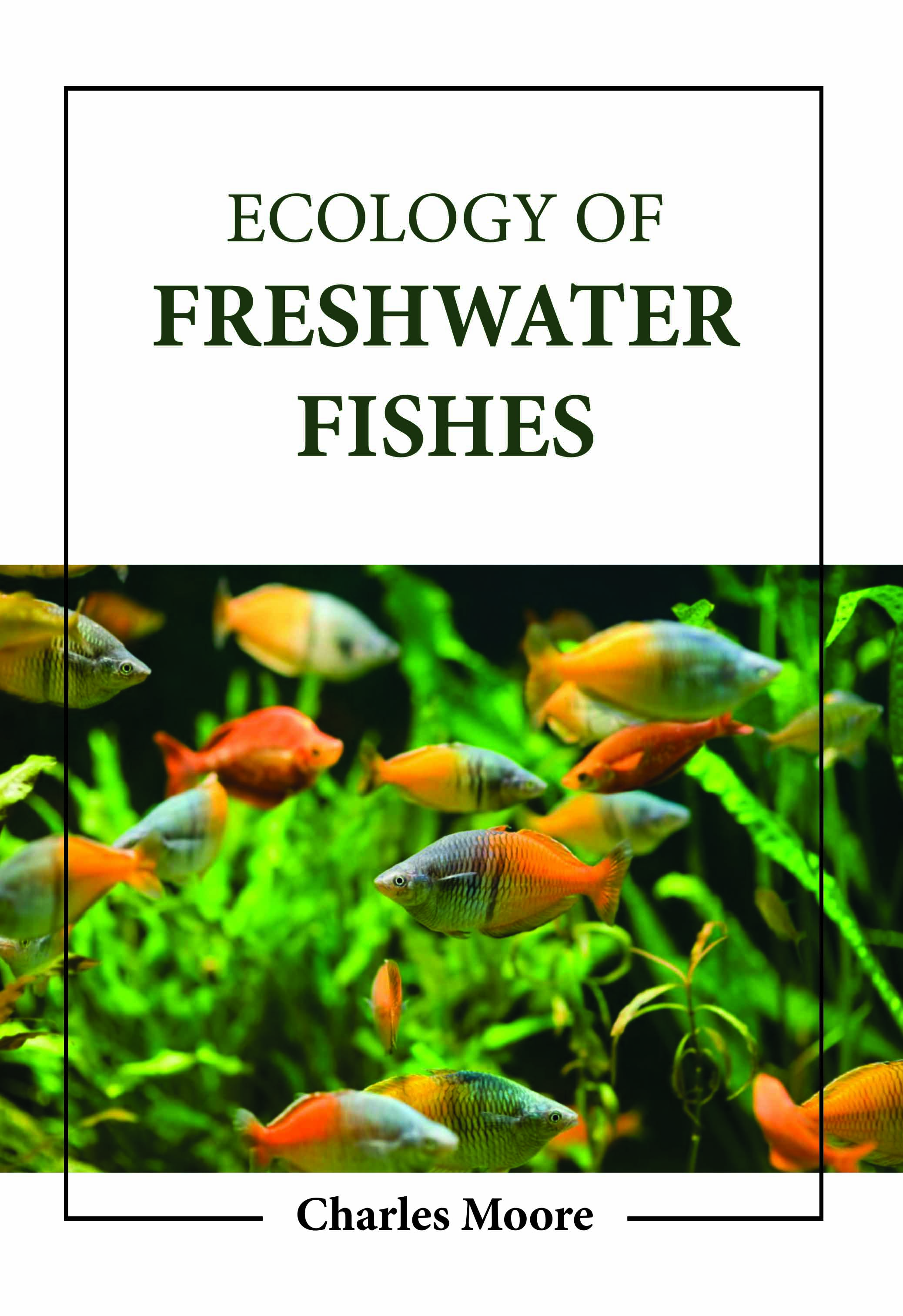
Ecology of Freshwater Fishes
by Charles MooreÂ
| ISBN | 9781806248346 |
|---|---|
| Publisher | Digital Drive Learning |
| Copyright Year | 2026 |
| Price | $264.00 |

by Charles MooreÂ
| ISBN | 9781806248346 |
|---|---|
| Publisher | Digital Drive Learning |
| Copyright Year | 2026 |
| Price | $264.00 |
Fish that spend most or all their life in freshwaters, like lakes and rivers, with a salinity of less than 0.05% are considered freshwater fish. The most noticeable way these ecosystems diverge from marine settings is in the salt levels. The fish need a variety of physiological adjustments to live in freshwater. Freshwater is the home to 41.24% of all fish species known to science. An aquatic or marine animal with vertebrae is referred to as a fish. Except for sharks and rays, all fish have vertebrae. Despite being stronger than bone, cartilage is more flexible than bone. In the adult stage, they typically have gills and fin-like limbs. Along with jawless vertebrates like lampreys and hagfish, fish also include sharks, rays, chimaeras, lungfish, and bony species. The majority of fish are bony. Bony fish have well-developed jaws made of real bone instead of cartilage. The shape, size, and appearance of fish vary greatly. Therefore, the habitat that it lives in will determine everything. At various points throughout the food chain, fish, an ecosystem component, contribute to the energy flow. This book introduces fish ecology by discussing the interactions between fish and their watery habitats. The major environmental issues of habitat utilization, species interactions, migration, feeding, population dynamics, and reproduction concerning the primary fish habitats are covered sequentially, chapter by chapter.